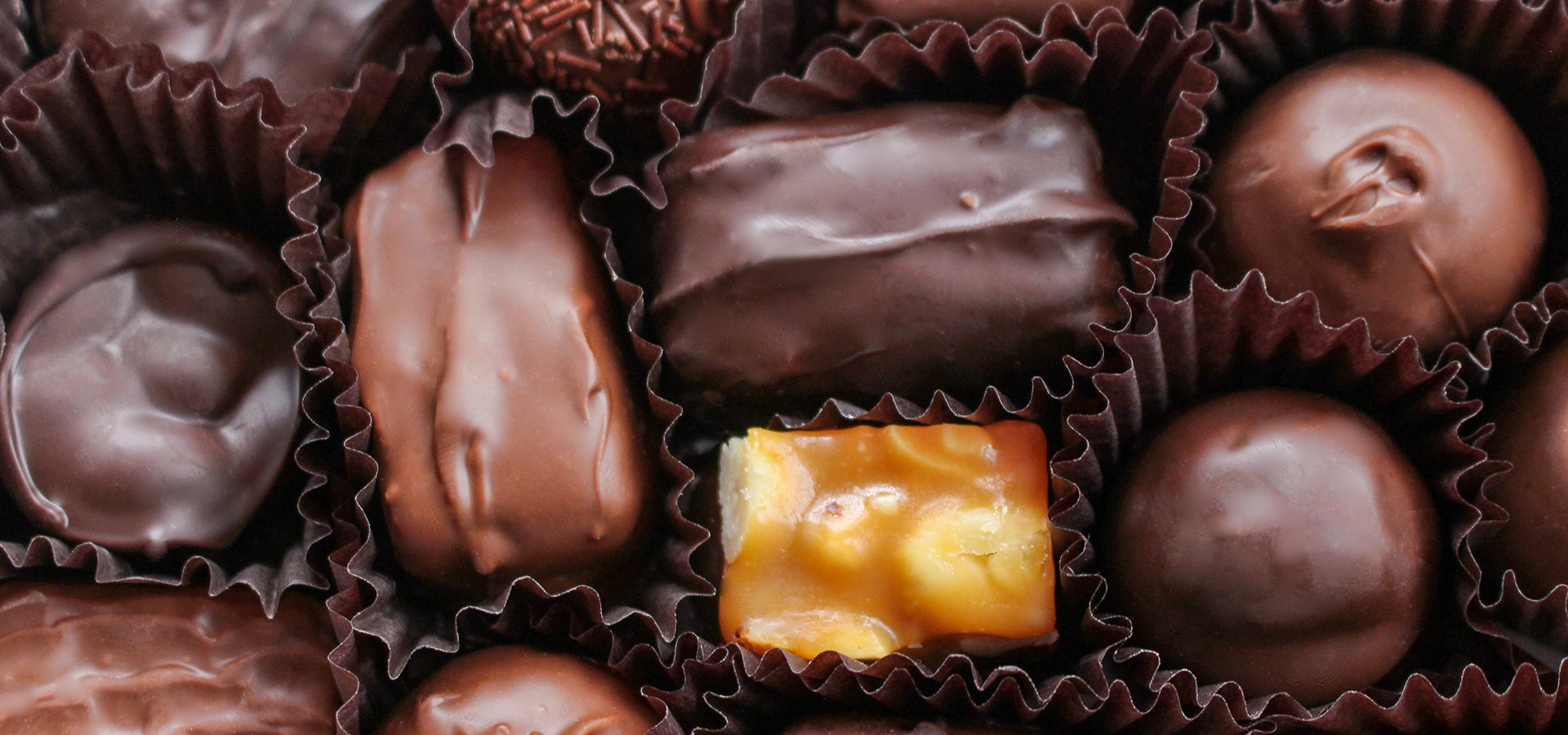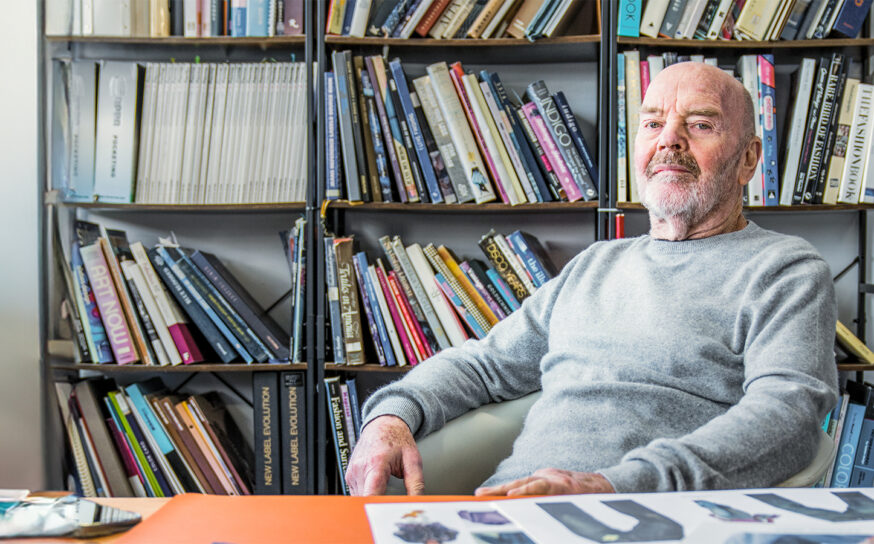A Golden State Tradition: Celebrating 100 years of See’s Candies
Inside California’s sweetest and most charming business.
-
CategoryArtisans, Makers + Entrepreneurs, Small Businesses
-
Written and photographed byTamara Palmer
-
-
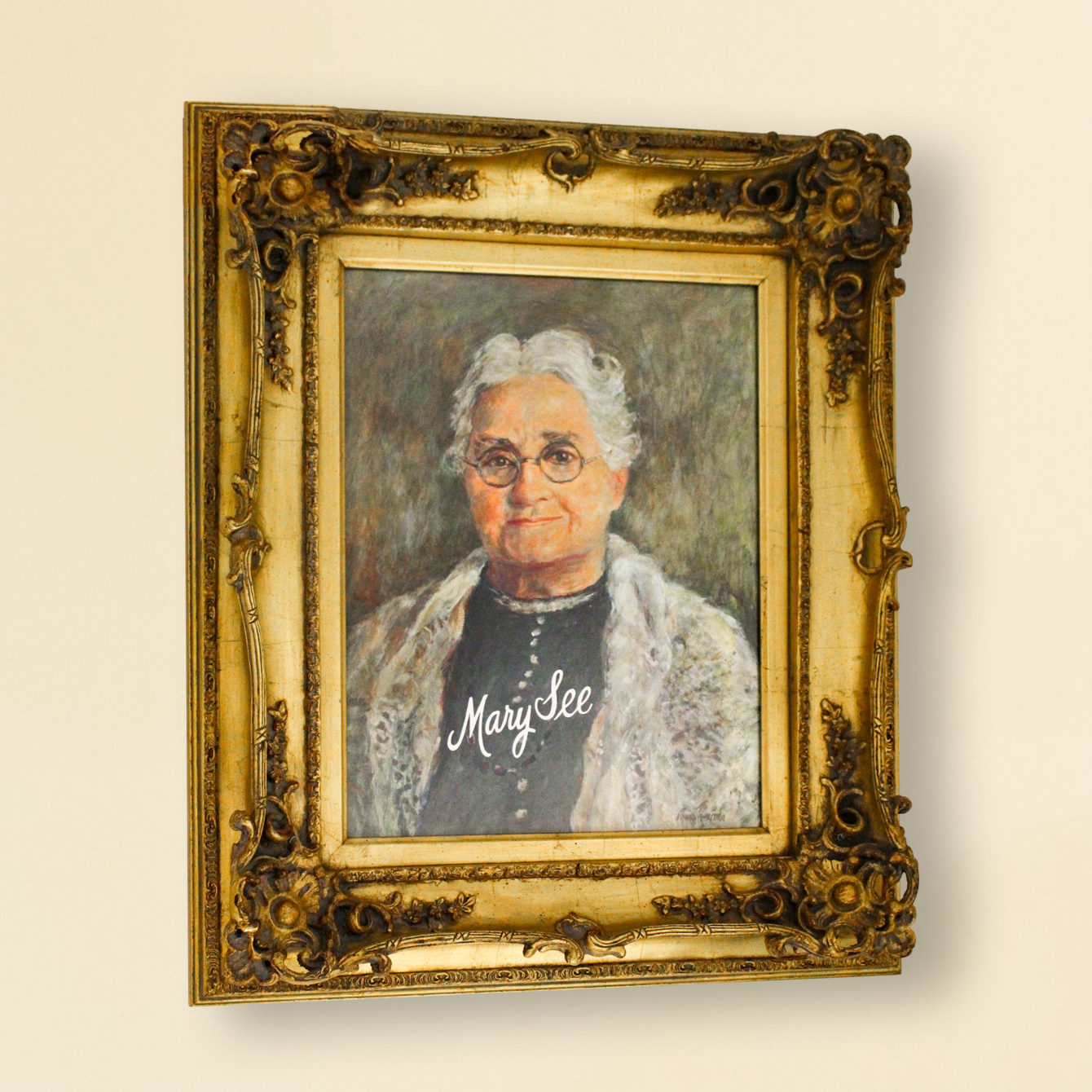 With significant history in Los Angeles as well as in the San Francisco Bay Area, See’s Candies has been one of the most beloved companies in California for 100 years. Brand loyalty here is both strong and nostalgic. If you don’t have a grandmother who worked in one of the famously spotless black and white shops, which still look the same, you may well have a grandmother who gives you assortments as a holiday gift.
With significant history in Los Angeles as well as in the San Francisco Bay Area, See’s Candies has been one of the most beloved companies in California for 100 years. Brand loyalty here is both strong and nostalgic. If you don’t have a grandmother who worked in one of the famously spotless black and white shops, which still look the same, you may well have a grandmother who gives you assortments as a holiday gift.
With significant history in Los Angeles as well as in the San Francisco Bay Area, See’s Candies has been one of the most beloved companies in California for 100 years. Brand loyalty here is both strong and nostalgic. If you don’t have a grandmother who worked in one of the famously spotless black and white shops, which still look the same, you may well have a grandmother who gives you assortments as a holiday gift.
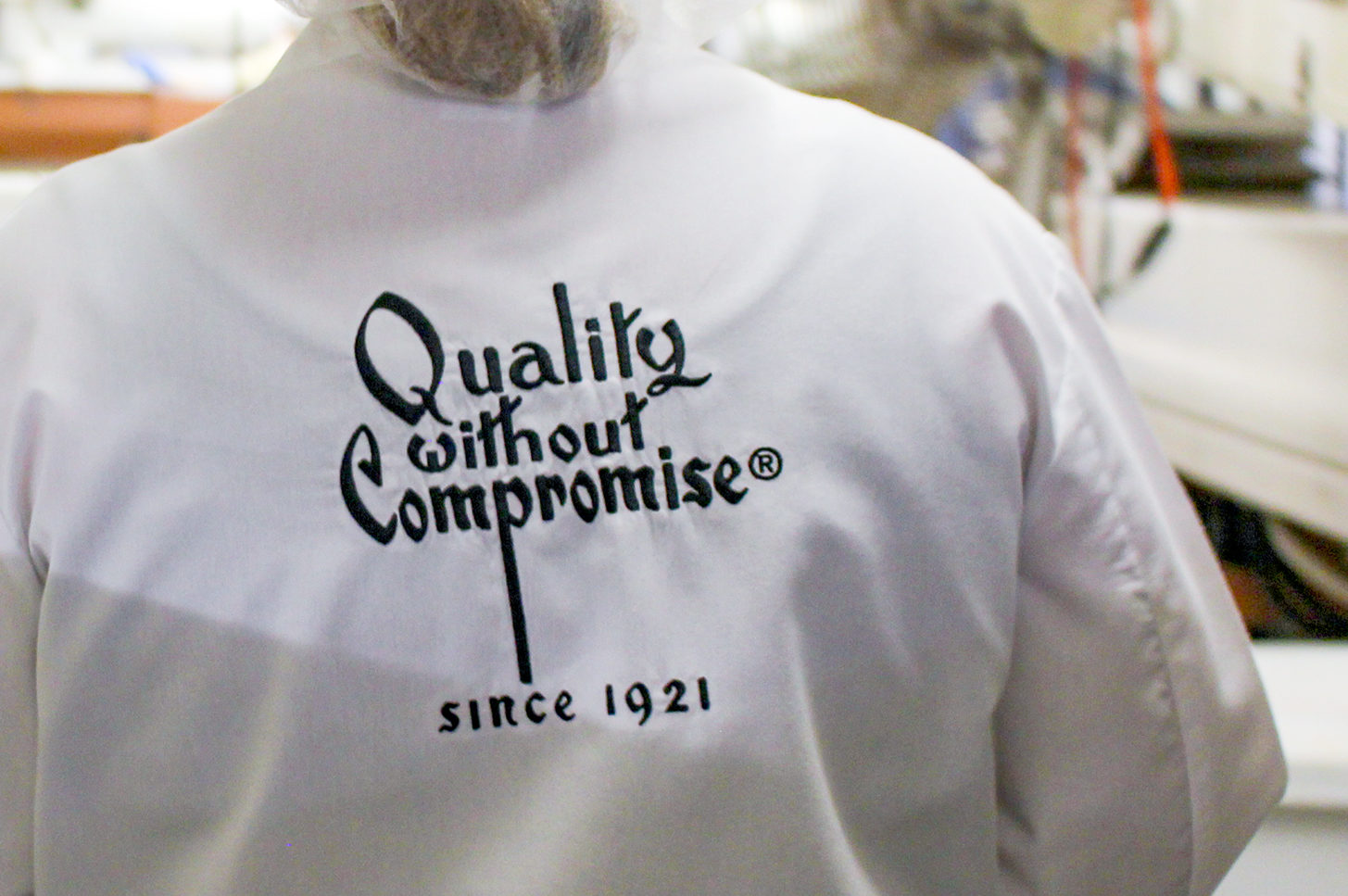


The first See’s Candies store opened in 1921 at 135 Western Avenue in what’s now the Koreatown area of Los Angeles. Founder Charles A. See used the recipes and an image of his mother Mary to create the flavor profile and brand identity that still stands to this day. Her actual recipes for fudge and the Victoria toffee that is available during holidays are still used.
See’s was so popular by the time World War II erupted that the company actually needed to campaign for customers to be more conservative in their purchases and to buy war bonds instead. These days, according to company figures, the kitchens in South San Francisco and Los Angeles collectively produce 26 million pounds of candy per year.
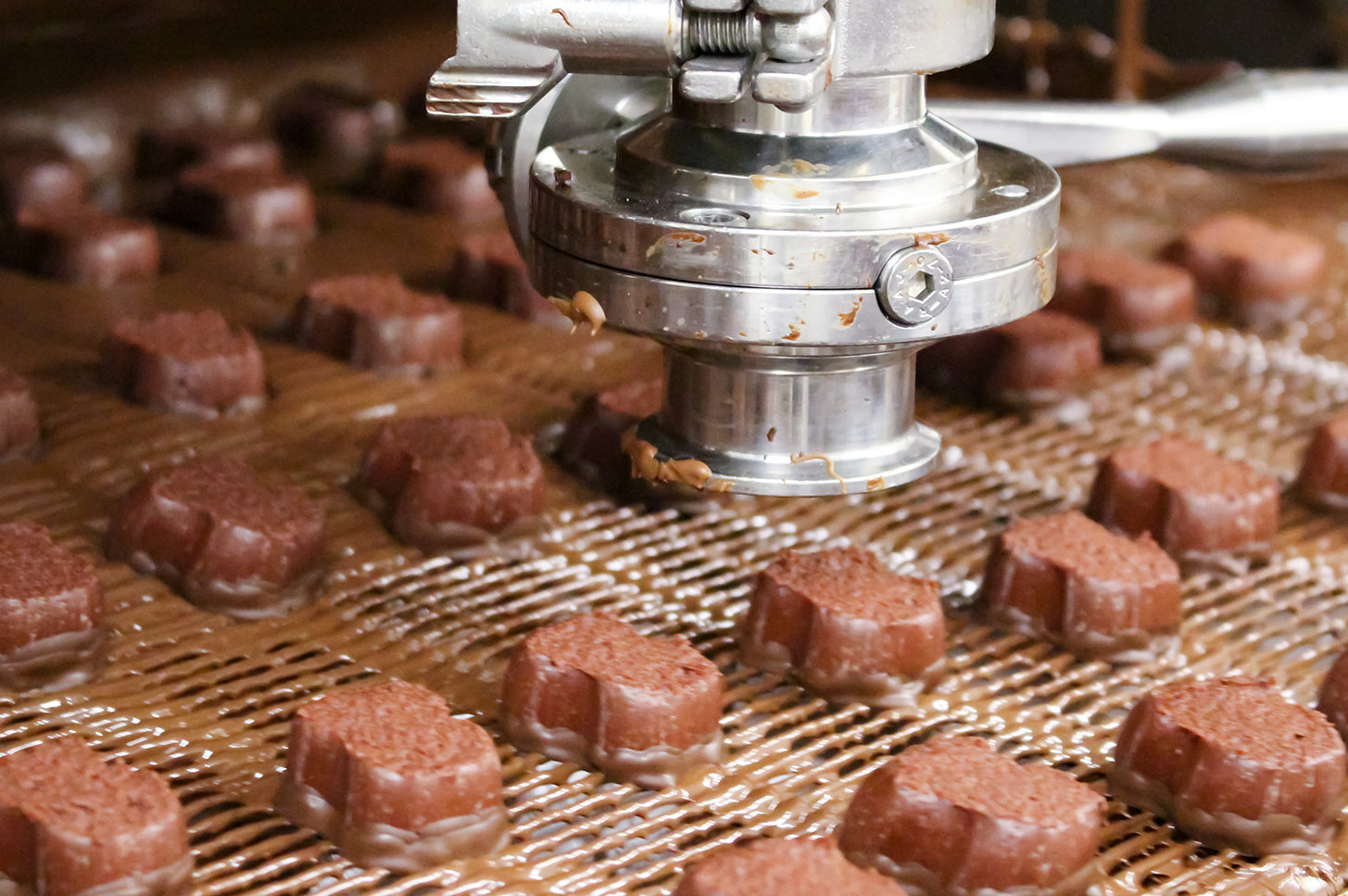


The original candy kitchen in San Francisco debuted in 1936. The Los Angeles facility and the South San Francisco headquarters came along in the mid-1950s, but do not offer tours to the public. In 2009, I made it my life’s mission to score a rare private media tour of the South San Francisco kitchen. The day that it actually happened was truly the best day of my life up until that point.
“We have so much going on here that you really need to go through everything four or five times to remember it all!” the then-production manager Jim Paine told me. I took that as a huge tease and a serious challenge to figure out a way to come back. I managed to return in 2018, and it was no less wondrous.

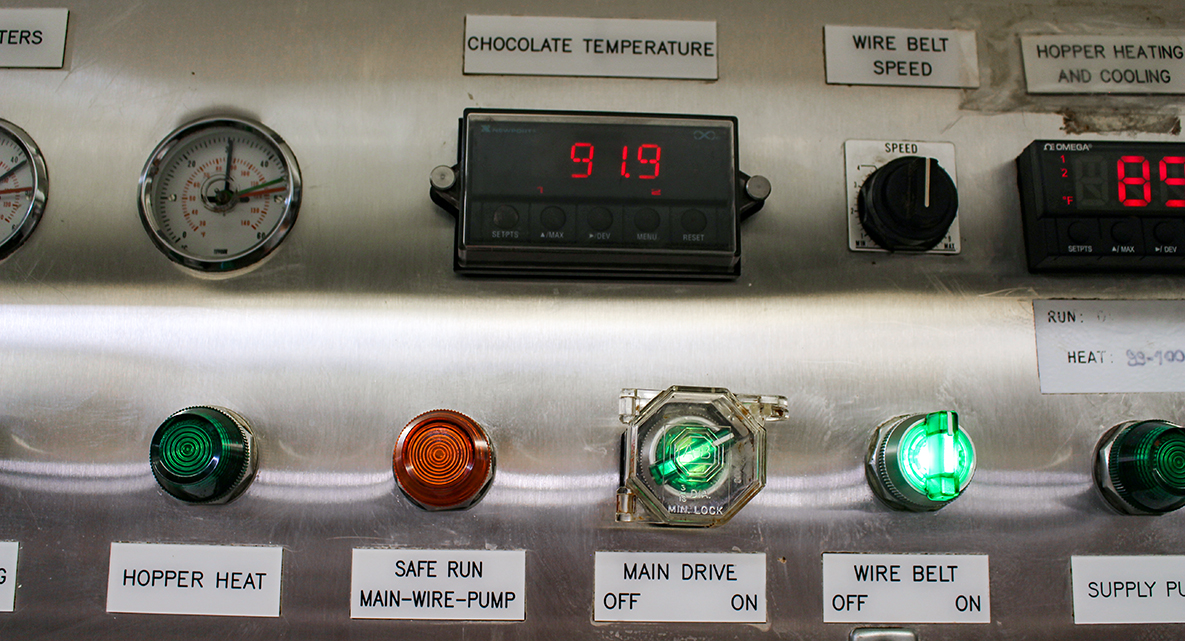
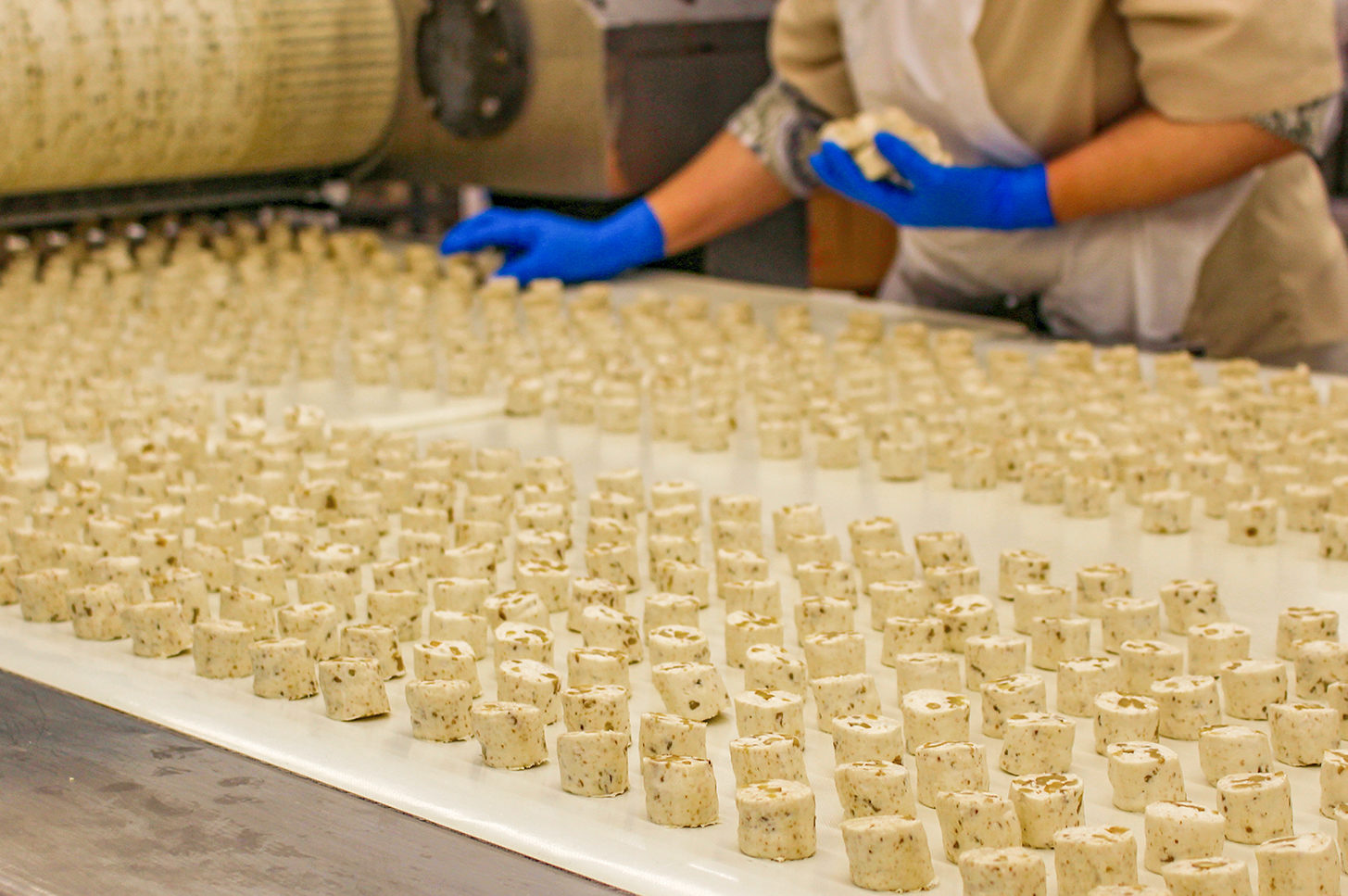
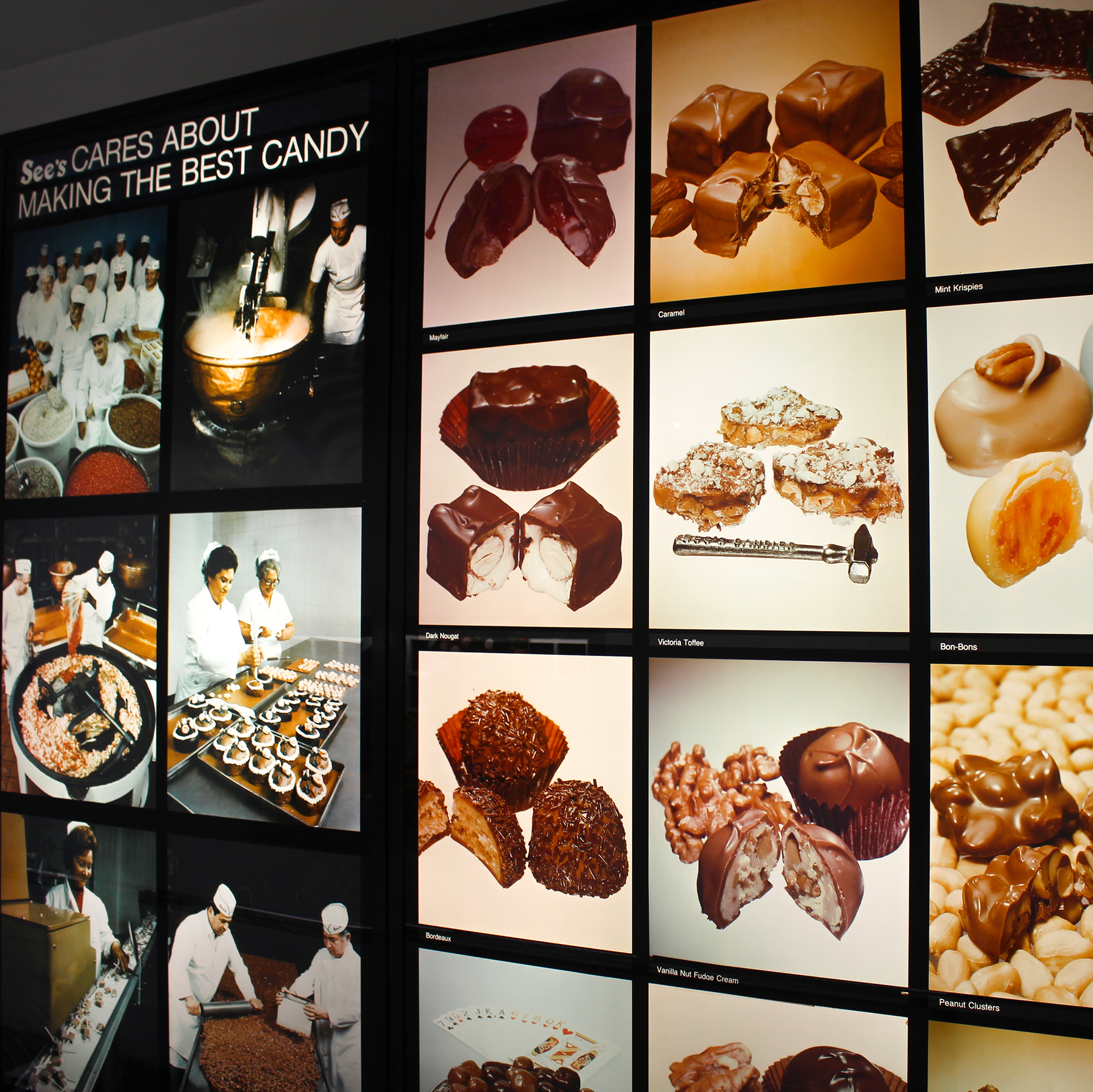
The kitchen is fascinating to see—it combines state of the art technology with old-school equipment that’s still the best way to make certain ingredients, like the massive copper kettles that make buttercream fillings. A system of pipes carries liquid chocolate around the building like veins bringing lifeblood to the heart. The original Willy Wonka got us all fantasizing about pipes filled with chocolate, but this is the next level in actual practice. Dreams of diving under the chocolate waterfalls of the enrobing machines remain unfulfilled, but the experience of getting to eat a few candies straight off the conveyor belt were just as joyous, without having to clean up later.
It’s reassuring to see how much humans are involved in the process, sorting for quality standards and hand creating the different swirls and markings that top many candies. I saw a couple Christmas candies fly off of a conveyor belt on one visit, but in general, everyone is calm in their tasks—no recreations of that famous I Love Lucy scene, where Lucy and Ethel get ridiculously overwhelmed by the chocolates coming down the line. According to See’s Famous Old Time Candies: A Sweet Story by Margaret Moos Pick, the great Lucille Ball and her co-star Vivian Vance visited See’s Candies’ Los Angeles kitchen to learn how to sort and pack properly before they filmed their slapstick take.
See’s sources that precious cacao material from Guittard Chocolate, a family-owned factory founded in 1868 and located in Burlingame, which is just five miles from the See’s South San Francisco kitchen. A great many confectioners who use Guittard to enrobe their creations then charge customers $75 or more per pound for their products, but a one-pound assortment of See’s starts at under $24.50. Sure, that’s pricier than the 50 cents per pound that the boxes were at the height of the Great Depression, but in today’s candy market, the top quality work of See’s is still a bargain. It’s always the right idea to bring a box to a function.
Employee retention is high at See’s Candies, with people tending to stay with the company for decades. On the most recent visit, I met a group of South San Francisco employees who had been there for 40-plus years and was impressed by the revelation that the company will train people without candy making experience to produce their products. The company belief is that a good attitude and reliable work ethic are more vital skills to have when hiring someone.

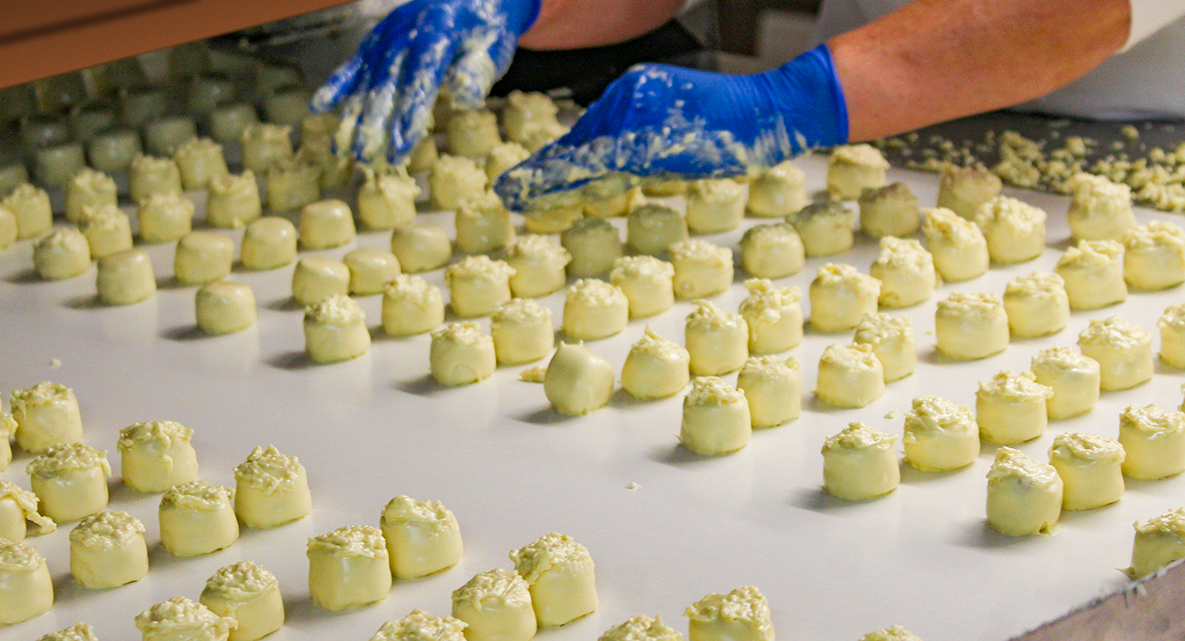
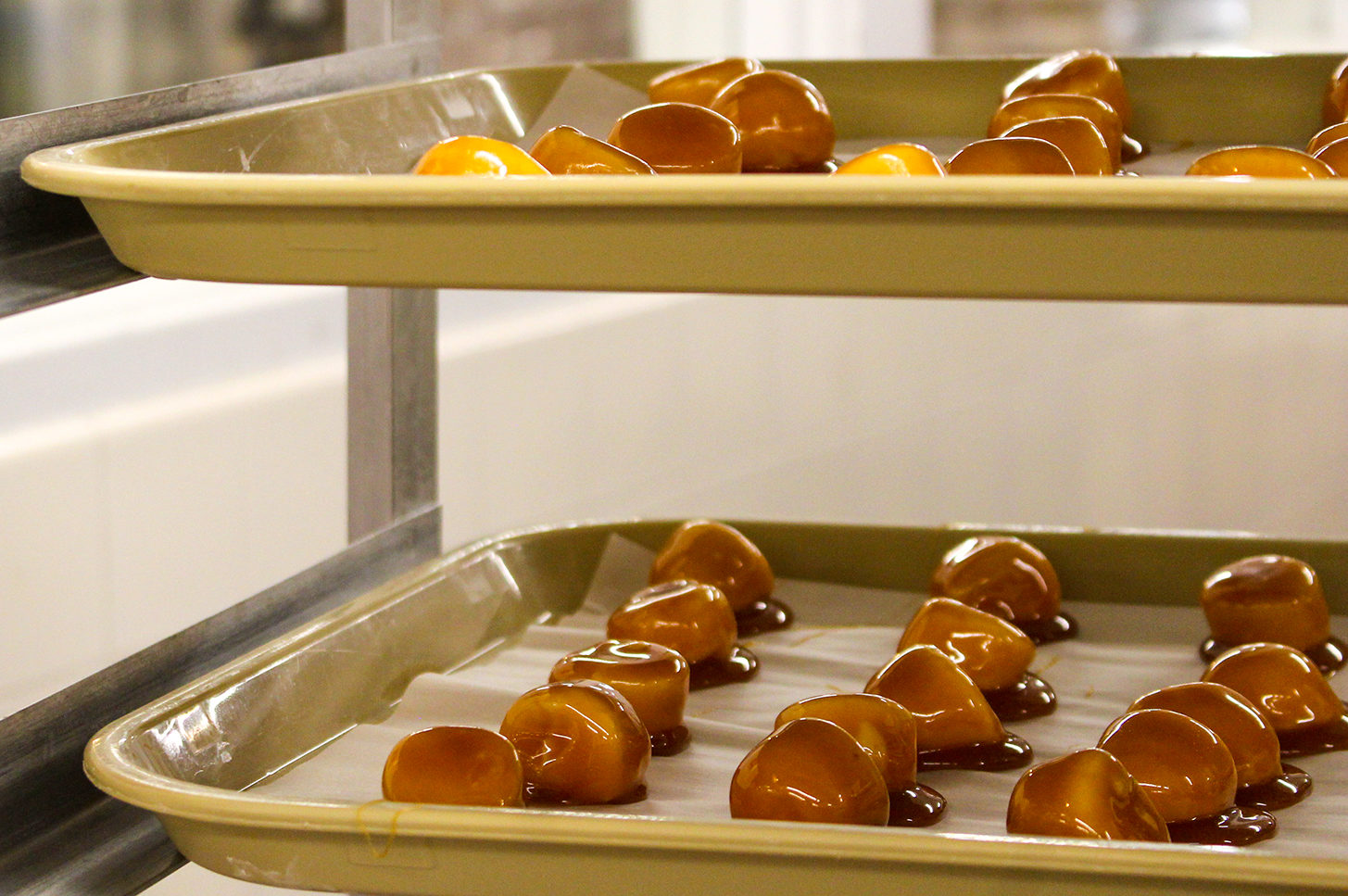
The company was family-owned until 1972 when it was purchased by current owner Warren Buffett. In the foreword to Moos Pick’s book, Buffett wrote that “there are two reasons for See’s sustained success: people and product. No one has matched our product, and our people are devoted to the proposition that no one will ever match our service, either.”
Buffett told shareholders in a 2019 meeting that business has indeed been sweet.
“We put $25 million into it and it’s given us over $2 billion of pretax income, well over $2 billion, and we’ve used it to buy other businesses,” he said.

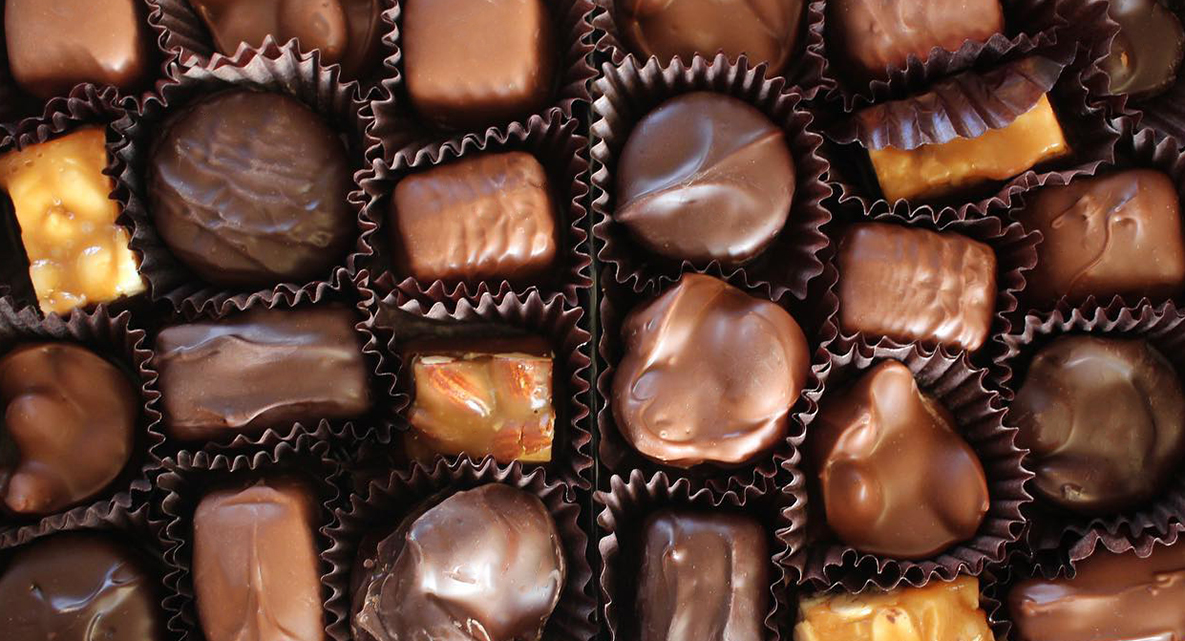
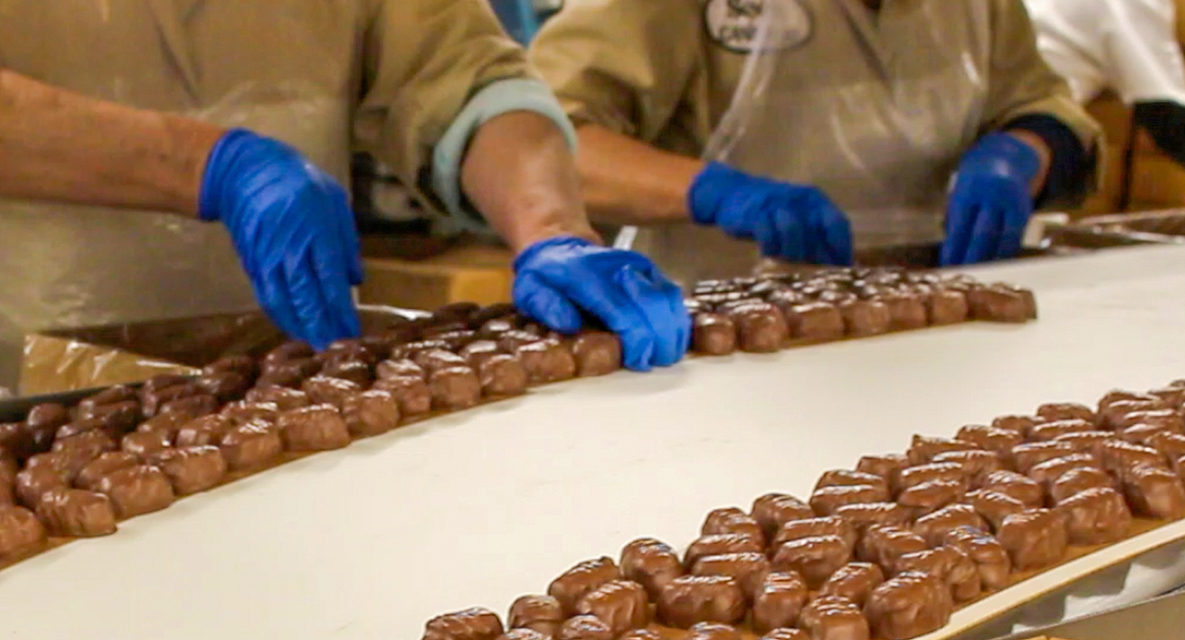
See’s is marking this milestone anniversary with Centennial assortments that contain classic pieces like the Molasses Chips as well as newer ones such as the Raspberry Truffle. There are also two limited edition jarred “Centennial Sweets” (Lemon Drops and Peanut Butter Bites) as well as Centennial-branded tote bags, mugs and even a miniature replica of the Graham Brothers delivery trucks that the company used back in the Roaring Twenties. Here’s betting See’s Candies will be creating nostalgic memories in California and beyond for at least another 100 years.
The Backbone Trail in the Santa Monica Mountains Welcomes Back Hikers
The dramatic pathway closed following last year’s devastating wildfire.
Get the Latest Stories




